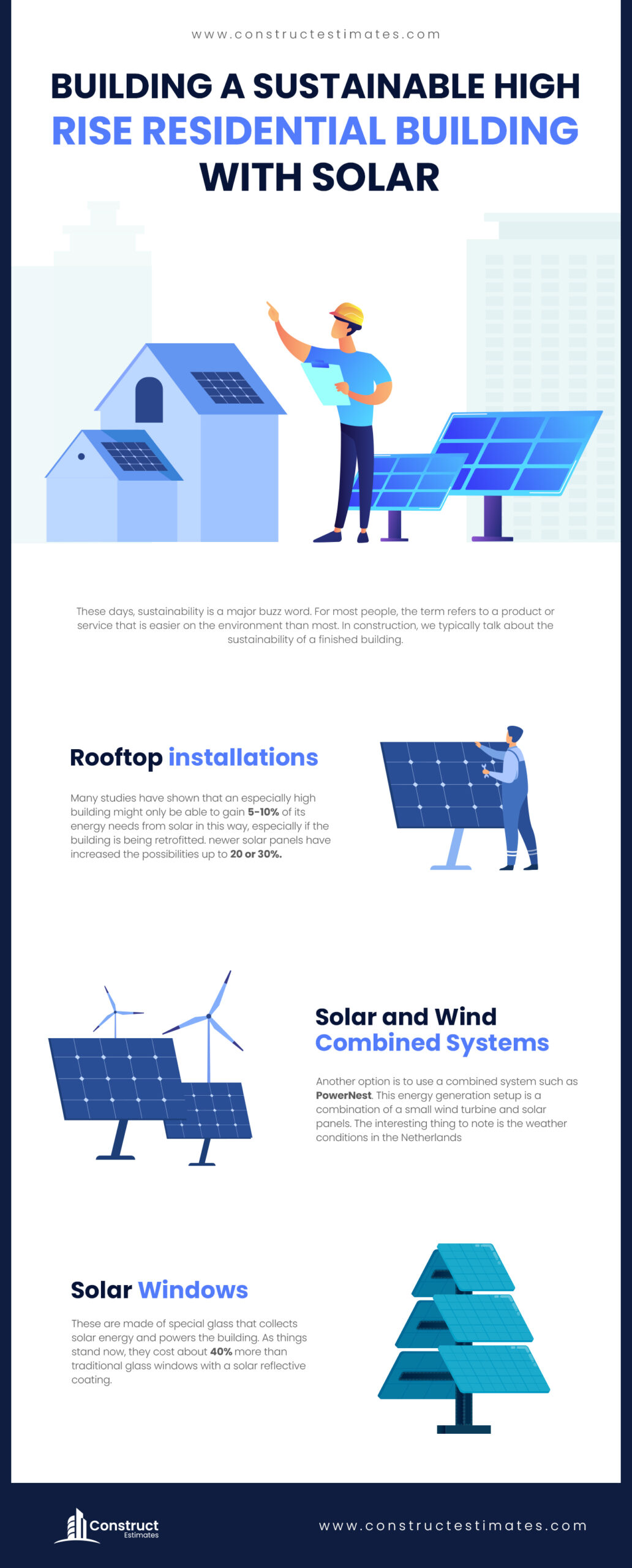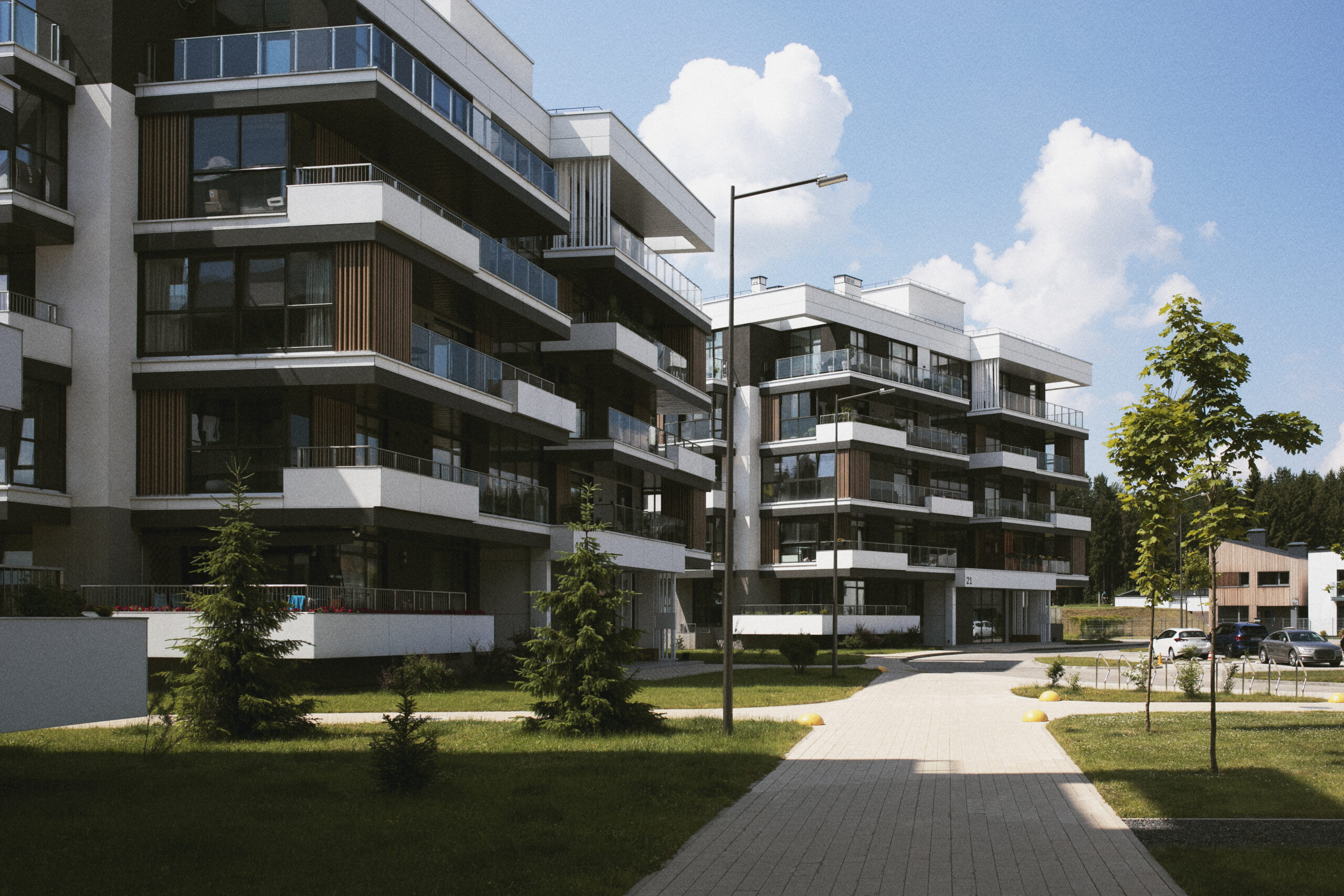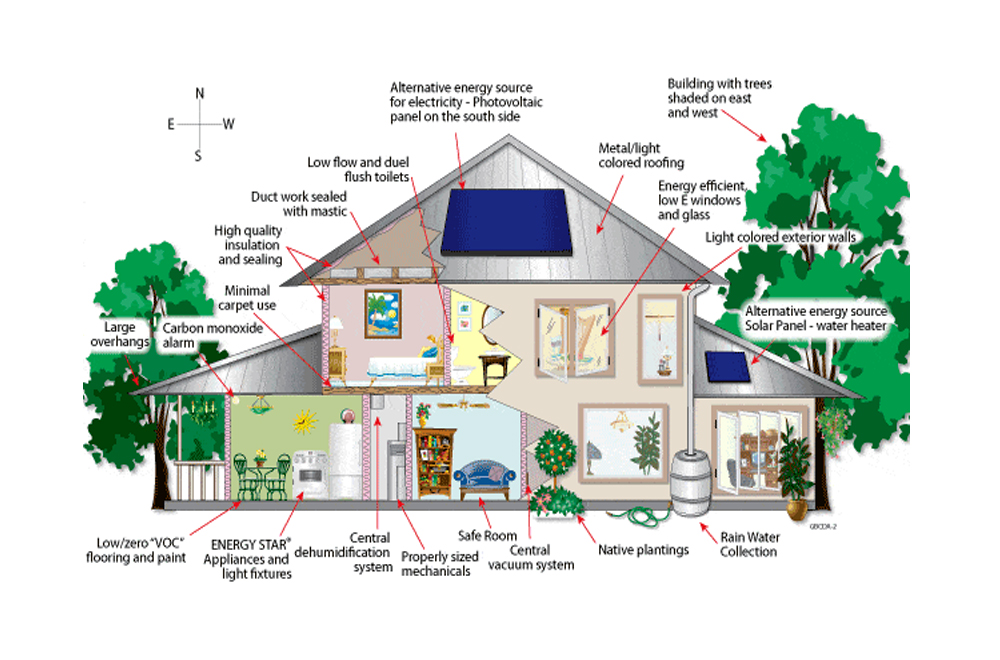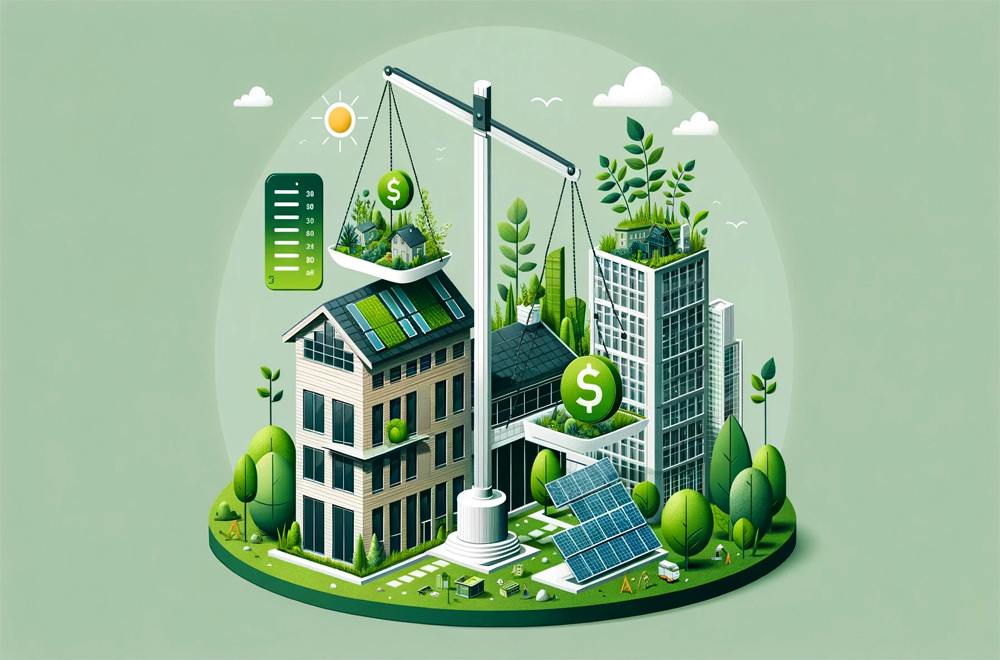These days, sustainability is a major buzz word. For most people, the term refers to a product or service that is easier on the environment than most. In construction, we typically talk about the sustainability of a finished building. After the building has been finished, traditionally erected structures tend to use a lot of energy. One way that this problem is being addressed is through solar panels on the roof of newer structures. Most of us think of this as a solution primarily applicable to smaller residential buildings, and to new construction. However, the solar option is increasingly feasible for high rise residential and commercial buildings. Let’s look at the residential options and their results.

Table of Contents
ToggleRooftop installations
As you might guess, the first option is to install solar panels on the roof of each building. This is the most traditional approach to residential installation, although it is more often used with smaller homes. Both single family and garden-style apartment or condo structures have used these to meet all or most of the structure’s energy needs. In this case, the solar panels are attached to the roof in the areas which will catch the most sunlight. For some buildings, this can be most of the rooftop surfaces.
On the other hand, this technique is more difficult for high-rise structures, both residential and commercial. Higher buildings have less of a footprint for their overall square footage, meaning that less space is available for solar panels. Many studies have shown that an especially high building might only be able to gain 5-10% of its energy needs from solar in this way, especially if the building is being retrofitted.
However, newer solar panels have increased the possibilities up to 20 or 30%. Either way, the rooftop option allows a developer to realize lower energy expenses. This is in and of itself valuable.
Keep in mind, you don’t have to use only the top of your main building. If there’s a parking garage, for instance, you can put panels up on the roof. Same goes with any form of covered parking. In addition, there might awnings and other locations in your design that can accommodate a few panels.
Solar and Wind Combined Systems
Another option is to use a combined system such as PowerNest. This energy generation setup is a combination of a small wind turbine and solar panels. According to a Dutch study, this system can help builders achieve a net-zero energy rating on buildings of up to 11 stories. The authors of the study note that, with the addition of highly energy efficient systems throughout the building, net-zero is possible for buildings of up to 17 stories. As a result, this technology is thought of as a promising avenue to making residential high rises more sustainable.
Here, the interesting thing to note is the weather conditions in the Netherlands. It is notably windy and rains often, meaning that solar panels can’t make power at the highest level of efficiency. Places like the Middle East, Australia, and the Southwester USA are much better for solar generation. However, adding wind power to the mix does an effective job of increasing overall renewable energy use. This technique is an excellent option for other places with rainy weather.
Solar Windows
For very high buildings, another option is solar windows. These are made of special glass that collects solar energy and powers the building. As things stand now, they cost about 40% more than traditional glass windows with a solar reflective coating. The difference in cost, however, will be largely offset by the savings on a building’s electric bill. It is a technique mainly used in multi-use buildings, but it will work with any building with large windows all the way up the side. Better yet, the windows can absorb sunlight that comes in at any angle, making it more efficient than just a rooftop array.
From this, it is clear that solar energy has come a long way from being prohibitively expensive and inefficient. Rather than being something which only works for small homes, solar has become a highly versatile way to generate sustainable electricity.






